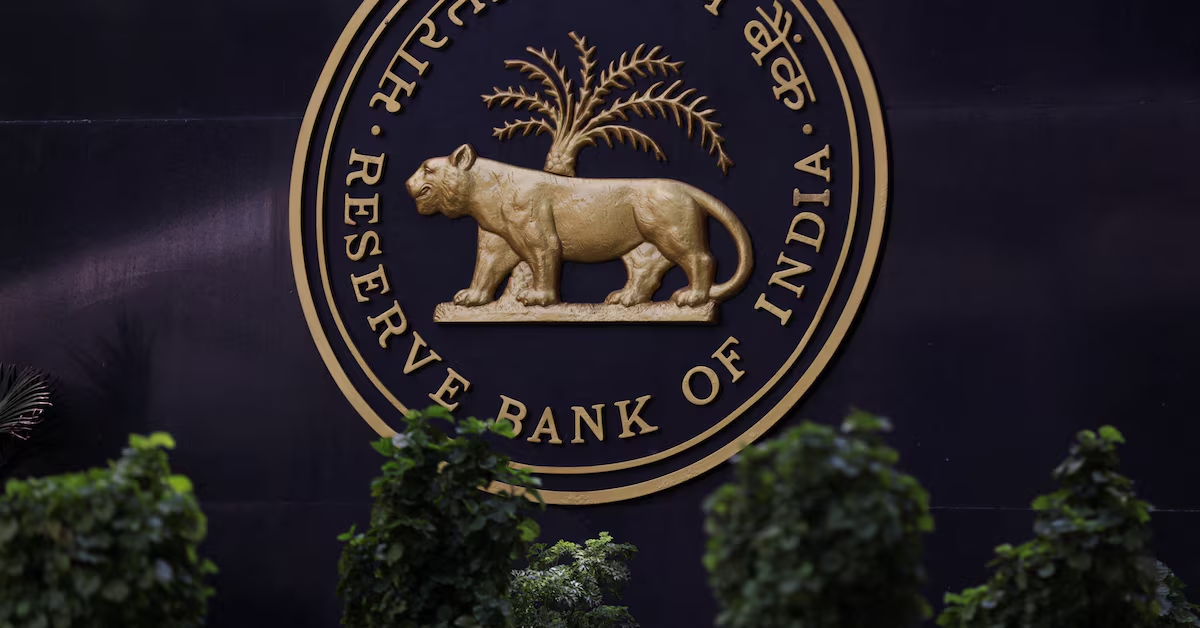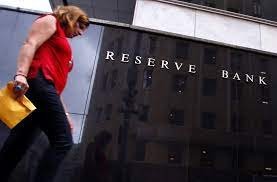India’s current account deficit (CAD) for the July-September quarter narrowed slightly to $11.2 billion, or 1.2% of GDP, compared to $11.3 billion, or 1.3% of GDP, in the same period last year, according to the Reserve Bank of India (RBI). This improvement was driven by a significant rise in services exports.
Net services receipts surged to $44.5 billion in the quarter, up from $39.9 billion a year ago. The RBI highlighted growth in key areas such as computer, business, travel, and transportation services. “A strong service trade surplus continues to be an important counterweight to the wider goods shortfall,” noted Radhika Rao, executive director at DBS Bank.
Despite the improvement in services, India’s merchandise trade deficit posed challenges. In November, the monthly trade deficit hit a record $37.84 billion, fueled by surging gold imports and weaker global demand affecting exports. The government is investigating the gold import surge, which has also pressured the rupee to historic lows.
Private transfer receipts, primarily remittances from Indians abroad, increased to $31.9 billion, up from $28.1 billion in the previous year.
The overall balance of payments (BoP) recorded a surplus of $18.6 billion in July-September, a significant improvement from the $2.5 billion surplus in the same period last year. However, economists project a sharp reversal for the October-December quarter due to the widening trade deficit and slowing capital inflows.
Looking ahead, the CAD for the current quarter is expected to expand to 2.5%-2.7% of GDP, according to Aditi Nayar, chief economist at ICRA, as the trade imbalance persists. Economists, including Gaura Sen Gupta of IDFC FIRST Bank, predict the BoP could turn “deeply negative” during this period, underscoring ongoing challenges in balancing trade and capital flows.



